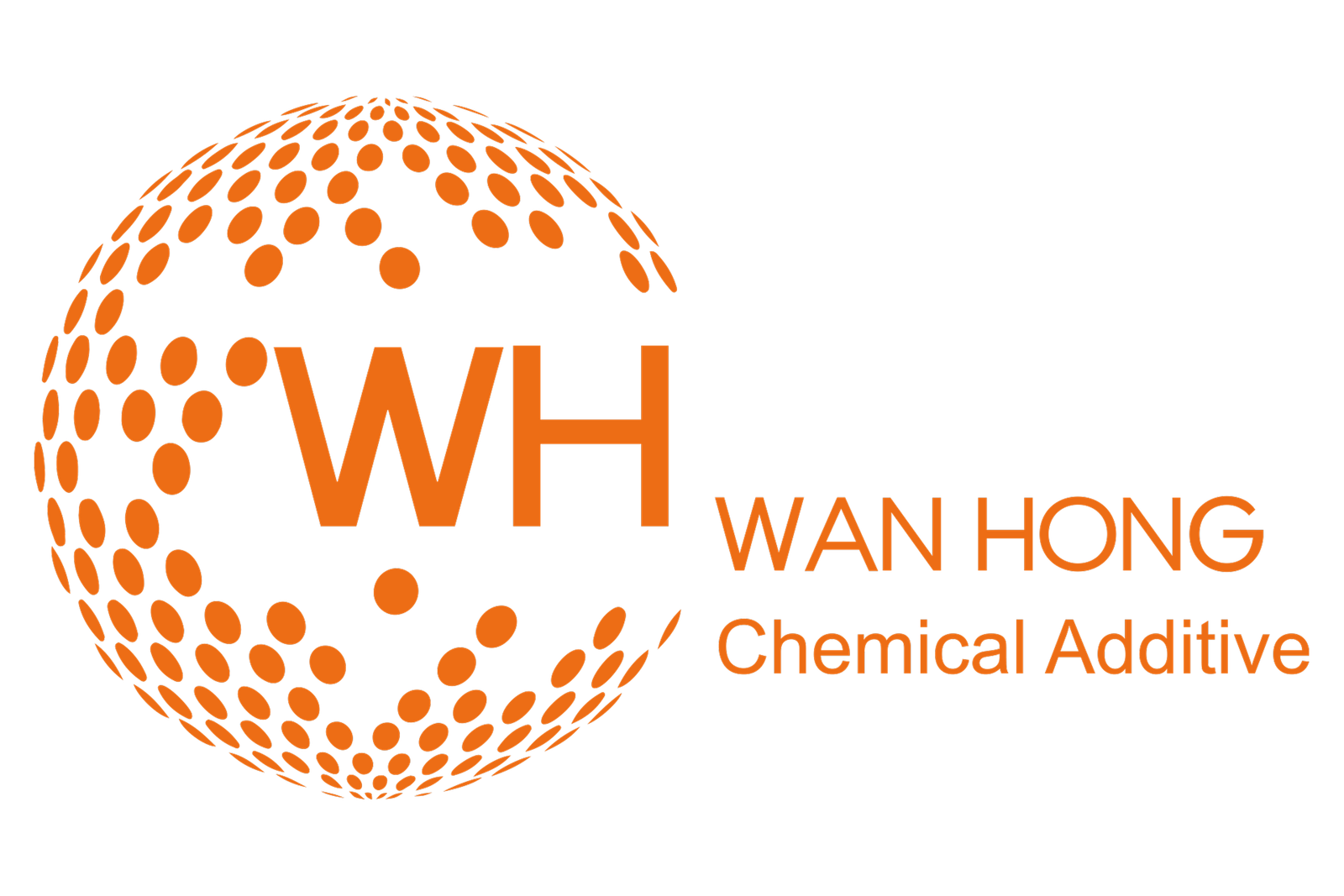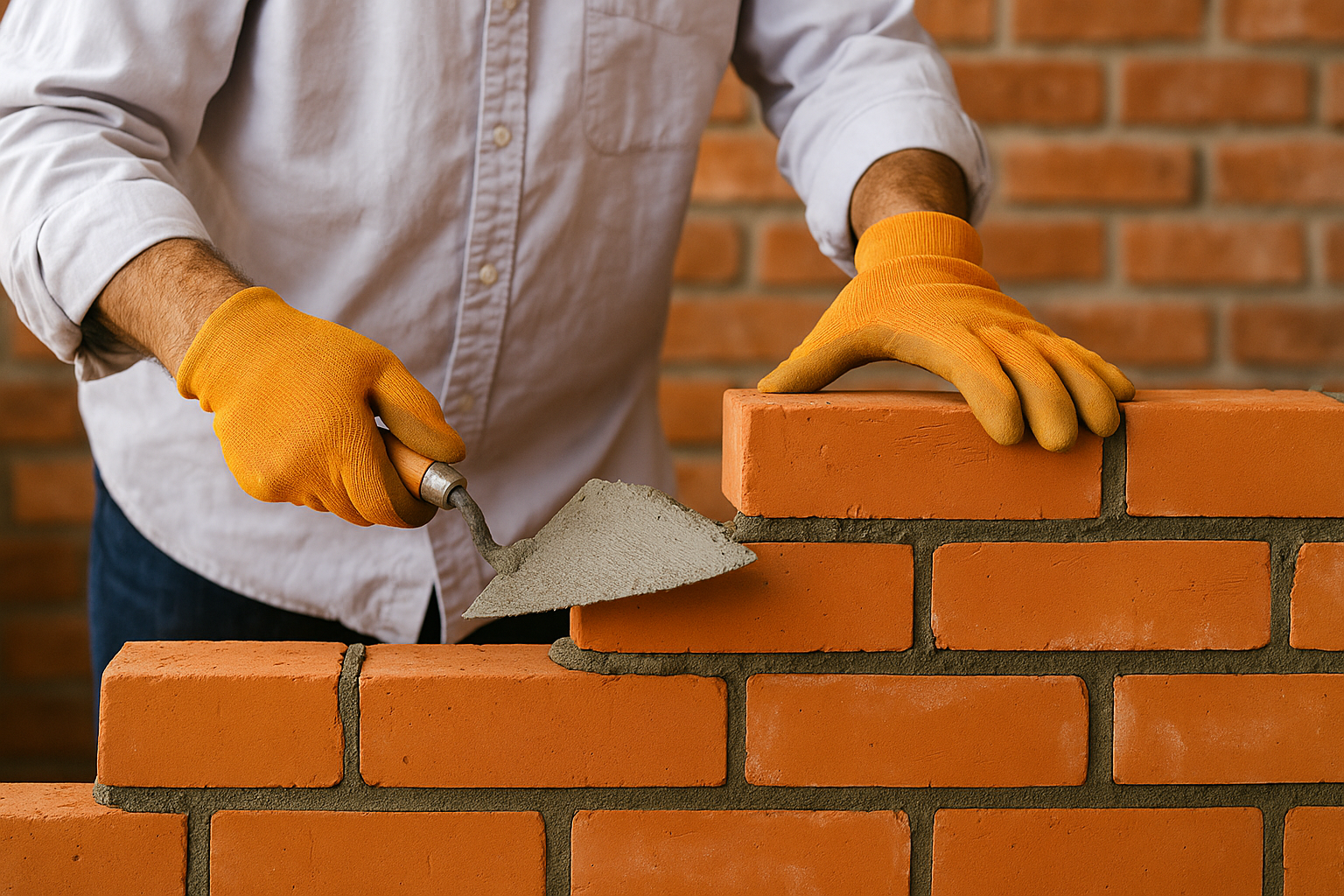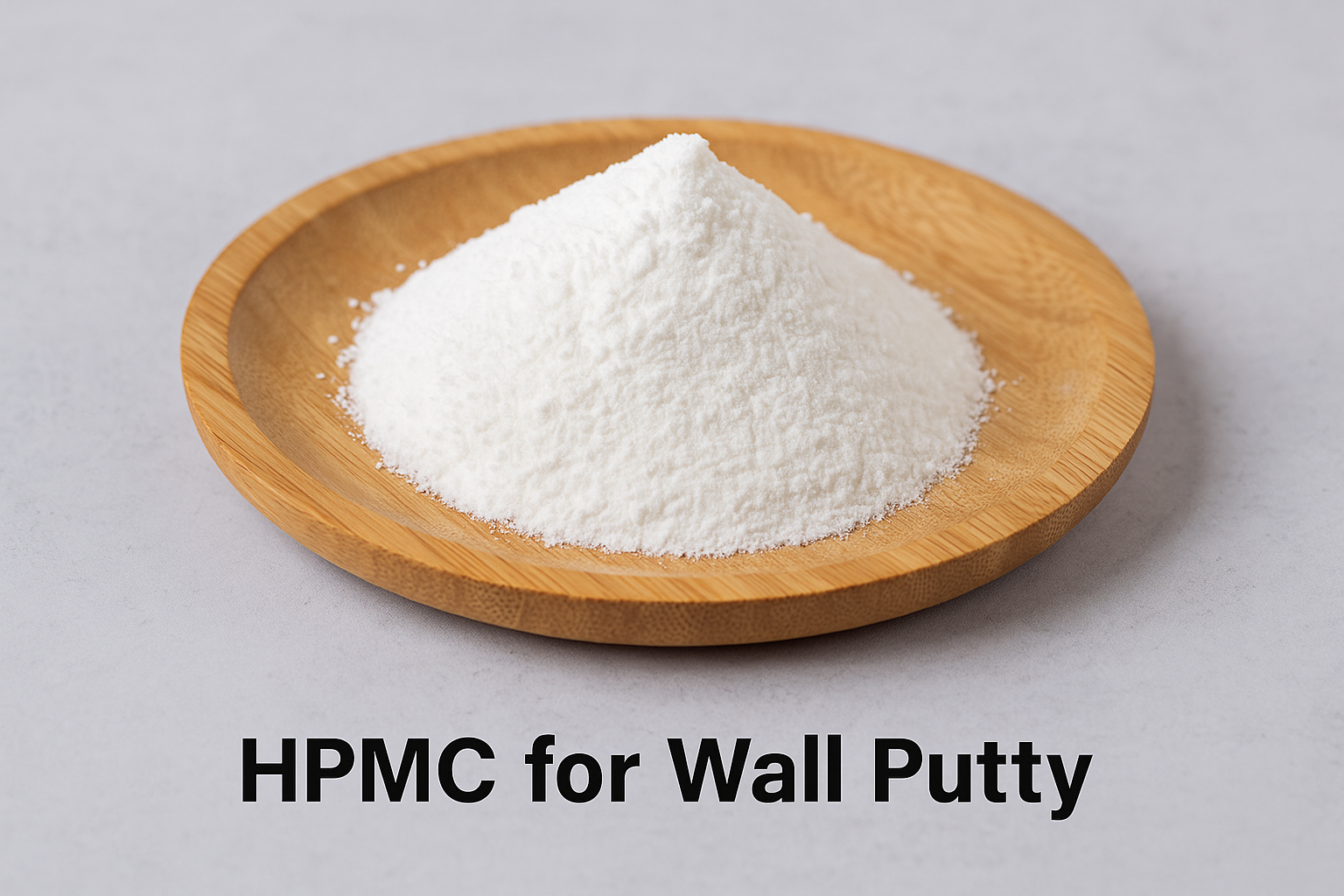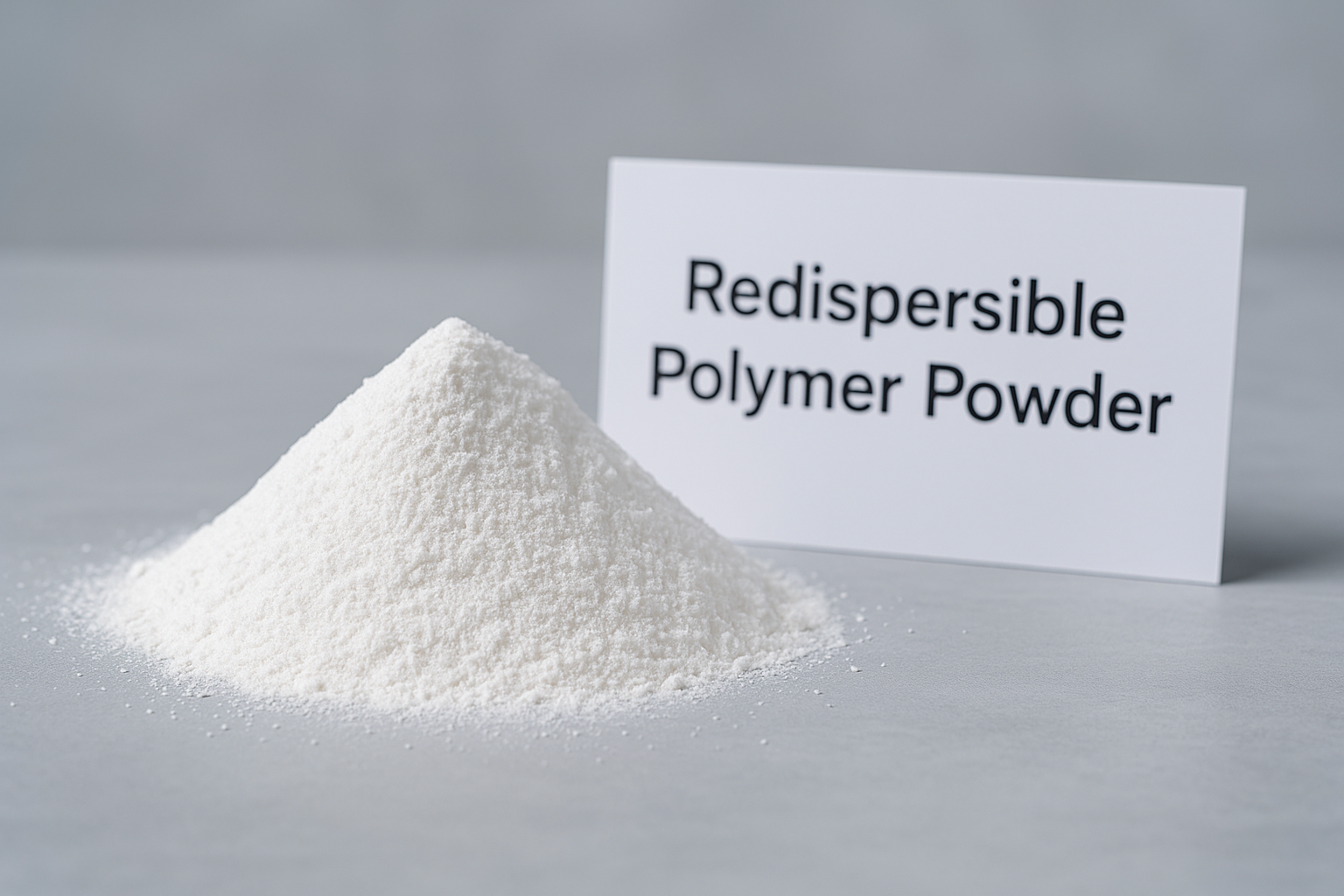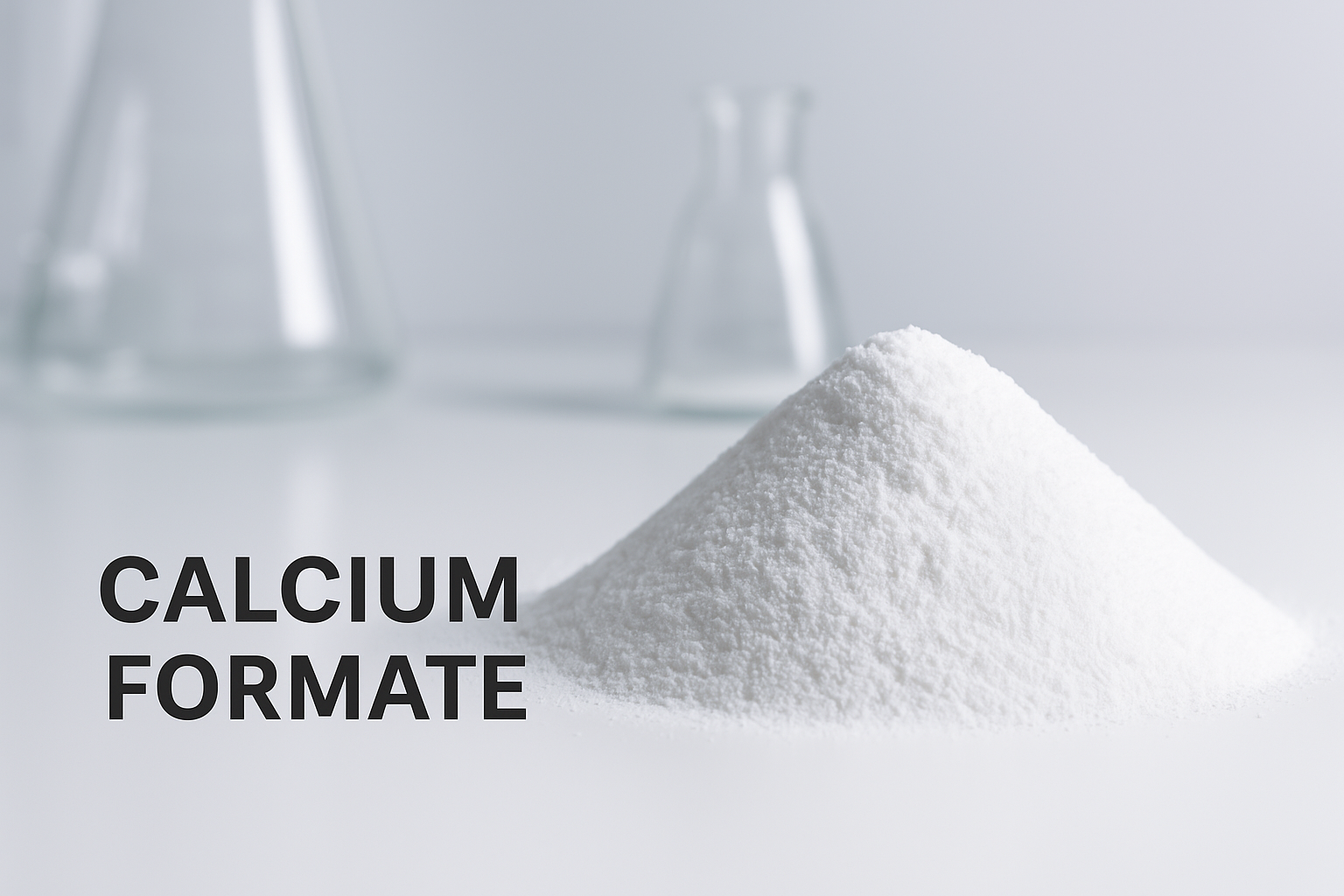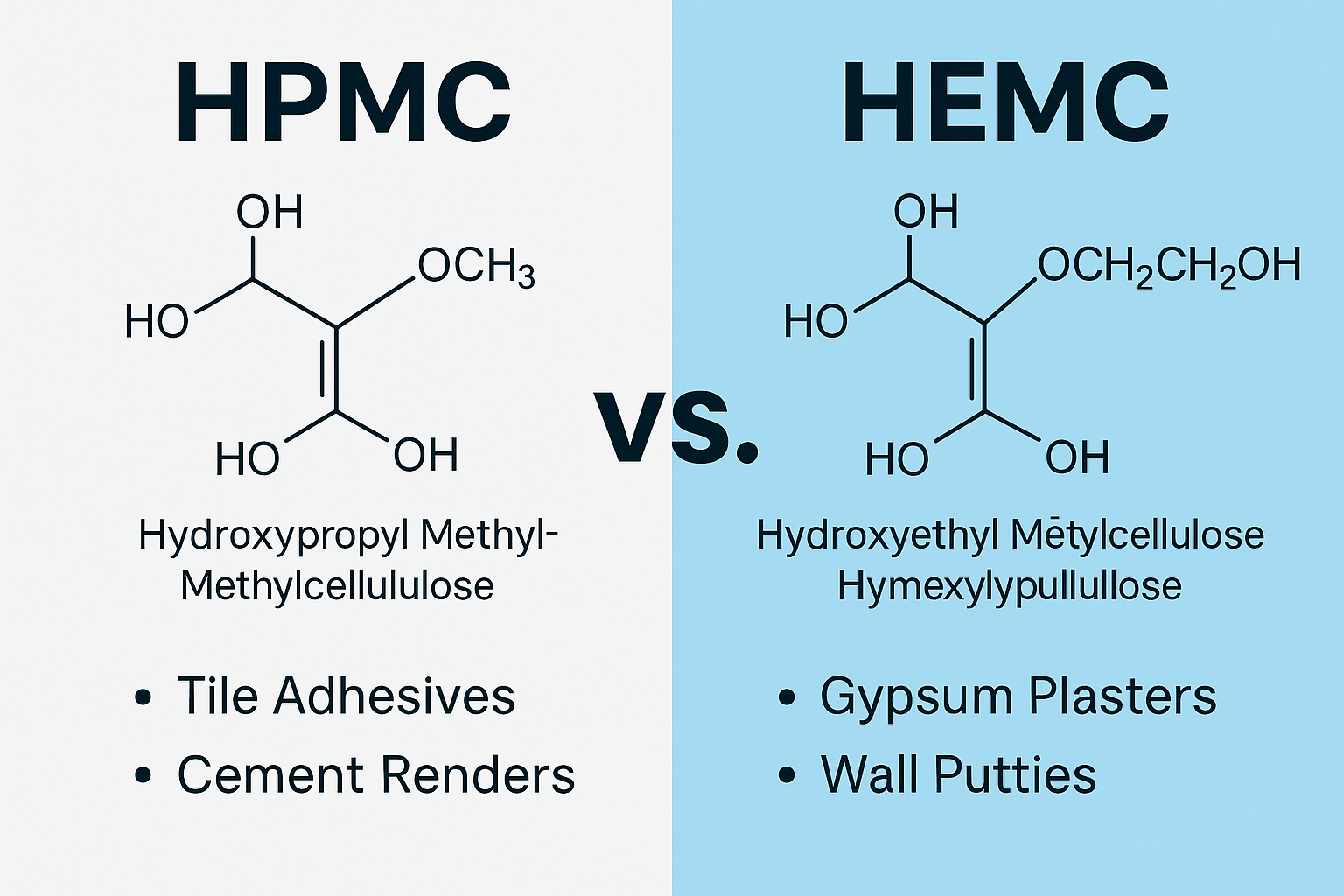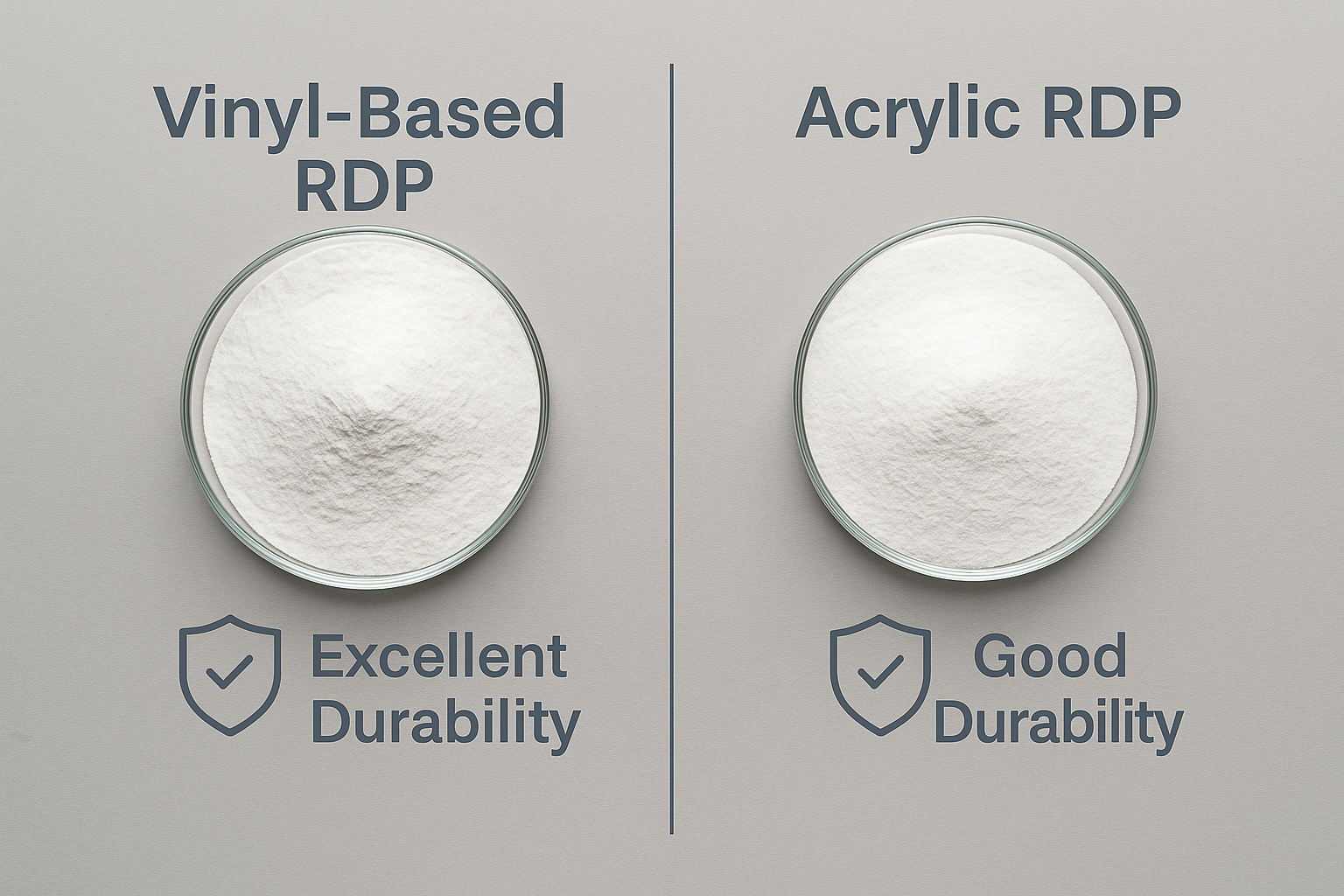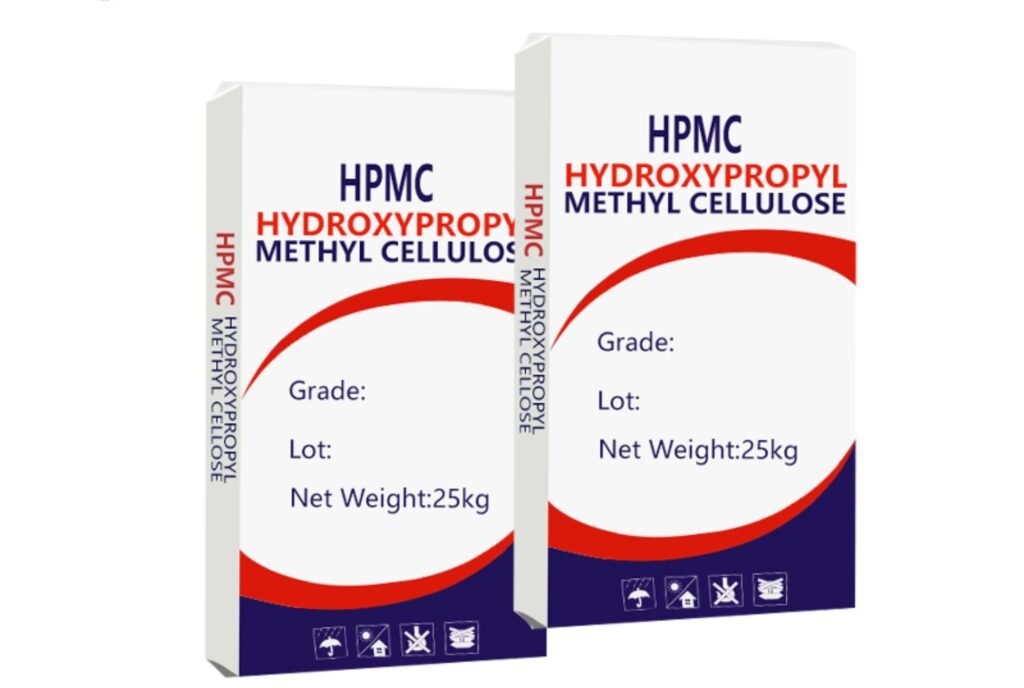Are you struggling with uneven walls and poor paint finishes? Substandard wall putty can ruin your entire project, wasting time and money. But there's a solution that pros rely on.
To make perfect wall putty with HPMC1, mix cement, lime, fine sand, and 0.3-0.5% HPMC (Hydroxypropyl Methylcellulose). HPMC improves workability, water retention, and adhesion while preventing cracks. Proper mixing sequence and water ratio are essential for quality results.
As a factory owner with six HPMC production lines, I've helped countless customers achieve flawless wall finishes. Many contractors come to me frustrated after wasting money on inferior products. Let me share what makes HPMC the secret ingredient for perfect wall putty that will transform your projects.
What Are the Key Components of Quality Wall Putty?
Pain points arise when wall putty cracks, peels, or fails to provide a smooth finish. These issues often stem from poor component selection, leading to expensive rework and unhappy clients.
Quality wall putty typically consists of white cement, calcium carbonate (limestone powder), fine silica sand, and critical additives like HPMC. The HPMC binder provides water retention, prevents cracking, improves adhesion, and enhances workability for a superior finish.
The art of creating perfect wall putty goes beyond just throwing ingredients together. I remember visiting a customer in Saudi Arabia whose entire batch of wall putty was failing because they skimped on proper additives. Wall putty formulation is actually quite scientific, requiring careful balance of components.
The base materials provide the body and filling properties, while HPMC works as the binding agent. Most professionals use a combination of:
- Base Materials:
- White cement (15-25%) - Provides strength and hardness
- Calcium carbonate/limestone powder (60-70%) - Gives body and smoothness
- Fine silica sand (5-10%) - Helps with texture and filling properties
- Additives:
- HPMC (0.3-0.5%) - Critical for water retention and workability
- Redispersible polymer powder (1-2%) - Enhances adhesion
- Other additives - Includes accelerators, retarders, and pigments
The exact proportions depend on climate conditions and application requirements. For example, in hot, dry climates like the UAE, customers need higher HPMC content (closer to 0.5%) for better water retention.
Meanwhile, in more humid environments like Vietnam, slightly lower concentrations (0.3-0.4%) work better to prevent excessive stickiness.
What Are Three Easy Steps to Make Wall Putty with HPMC?
The frustration of lumpy, difficult-to-apply wall putty often comes from incorrect mixing procedures. I've seen professionals waste entire batches because they didn't follow the right sequence.
To make perfect wall putty with HPMC1: First, dry-mix all powder ingredients (cement, calcium carbonate, sand) thoroughly. Second, pre-dissolve HPMC in cold water for 15-20 minutes until fully hydrated. Third, gradually add the HPMC solution to the dry mix while stirring constantly until achieving a smooth, consistent paste.

The mixing process is where many of my customers initially went wrong before I shared these techniques. The key is understanding how HPMC behaves during hydration.
When I visited a large mortar factory in Pakistan last year, they were experiencing inconsistent batches. Their problem? They were adding HPMC powder directly to the wet mixture.
Here's a more detailed breakdown of the mixing process:
Step 1: Prepare the Dry Mixture
Combine all dry ingredients in the correct proportions:
- 20kg white cement
- 75kg calcium carbonate
- 5kg fine silica sand
- 0.3-0.5kg HPMC powder (depending on climate conditions)
- Other additives as needed
Use a mechanical mixer for larger batches to ensure even distribution of all powders. Mix for at least 5-7 minutes to break up any lumps and achieve homogeneity.
Step 2: Prepare the Liquid
For best results, dissolve the HPMC separately:
- Use cold water (below 20°C) as HPMC dissolves better in cold temperatures
- Sprinkle HPMC powder onto the water surface while stirring to prevent lumping
- Allow 15-20 minutes for complete hydration before using
Step 3: Combine and Final Mixing
- Add the liquid solution to the dry mix gradually
- Mix continuously for 8-10 minutes until achieving a smooth, lump-free consistency
- Let the mixture rest for 10 minutes before final adjustment with small amounts of water if needed
I always remind my customers that the mixing water temperature significantly affects HPMC hydration. Using too hot water can cause "fish-eyes" - undissolved HPMC lumps that ruin the putty's smoothness.
Why Is HPMC So Powerful in Wall Putty Formulations?
Many contractors experience putty that dries too quickly, causing application problems and wasting material. Others struggle with poor adhesion that leads to peeling and callbacks.
HPMC2 transforms wall putty by providing superior water retention, preventing premature drying even on porous surfaces. It enhances workability, allowing for smoother application and extended working time. HPMC also improves adhesion to various substrates and helps prevent shrinkage cracks during drying.
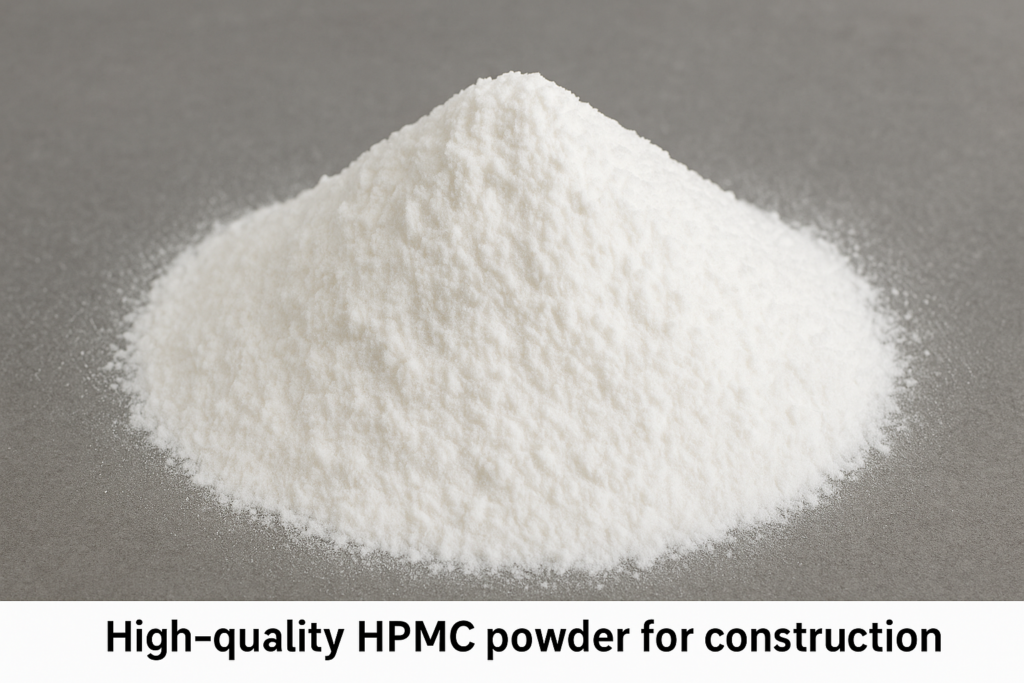
After supplying HPMC to construction material manufacturers for over 15 years, I've seen firsthand how this cellulose ether revolutionizes wall putty performance.
One of my customers in Brazil switched from using basic starch-based binders to our HPMC and saw customer complaints drop by nearly 80%.
The technical advantages of HPMC in wall putty are numerous:
| Property | Benefit | Technical Details |
|---|---|---|
| Water Retention | Prevents premature drying | HPMC forms a water-retaining gel structure that releases moisture slowly, allowing proper cement hydration even on highly absorbent surfaces |
| Workability | Improves application properties | Provides appropriate viscosity and anti-sag properties, allowing for easier spreading and less physical effort during application |
| Open Time | Extends working time | Keeps the mixture workable for up to 30-45 minutes depending on viscosity grade (compared to 10-15 minutes without HPMC) |
| Adhesion | Strengthens bond | Creates stronger mechanical and chemical bonds to various substrates, improving durability |
| Anti-Sagging | Prevents running on vertical surfaces | Provides thixotropic properties that allow the putty to stay in place during application |
| Crack Prevention | Reduces shrinkage cracks | Controls water evaporation rate to prevent rapid drying that causes cracking |
Different viscosity grades of HPMC3 (commonly from 15,000 to 150,000 mPa·s) serve different purposes in wall putty. For example, higher viscosity grades provide better water retention but might be more difficult to mix, while medium viscosity offers a balance of properties suitable for most applications.
How Do You Choose the Best HPMC for Wall Putty?
Selecting the wrong grade of HPMC causes numerous problems - from difficult application to poor finish quality. This mistake costs builders time, money, and reputation.
Choose the best HPMC for wall putty by considering viscosity (40,000-100,000 mPa·s is ideal for most applications), methoxyl content (28-30% for better water retention), hydroxypropyl content (7-12% for flexibility), and particle size (fine powder for easier dissolution). Always verify certification and test samples before large purchases.

When I consult with new customers, many are overwhelmed by the technical specifications of HPMC. Last month, a distributor from Mexico ordered the wrong viscosity grade and faced application issues across multiple job sites.
Choosing the right HPMC is crucial but doesn't have to be complicated.
HPMC selection4 should be based on several key factors:
Viscosity Grade
The viscosity directly impacts water retention and workability:
- 30,000-50,000 mPa·s: Suitable for basic wall putty in moderate climates
- 60,000-100,000 mPa·s: Ideal for hot/dry climates where higher water retention is needed
- 100,000+ mPa·s: For specialized applications requiring extended open time
Chemical Substitution
The ratio of methoxyl (OCH₃) to hydroxypropyl (POOH) groups affects performance:
- Higher methoxyl content (28-30%): Better water retention but less flexibility
- Higher hydroxypropyl content (7-12%): Improved flexibility and adhesion
- Balanced substitution: Best for general-purpose wall putty
Particle Size
Finer particles dissolve more quickly and completely:
- Standard grade: 100 mesh (149 microns)
- Premium grade: 120 mesh (125 microns) or finer
- Surface-treated grades: Easier to disperse in water
Quality Indicators
Not all HPMC is created equal. Key quality indicators include:
- Gel temperature (higher is generally better for hot climate applications)
- Ash content (lower is better, indicating fewer impurities)
- pH stability (neutral pH 6-8 is optimal)
- Consistency between batches
I always recommend requesting technical data sheets and testing small samples before making bulk purchases. This approach has saved many of my customers from costly mistakes and ensured they get the right product for their specific application needs.
What Are the Best Wall Putty Application Techniques?
Improper application techniques5 lead to uneven surfaces, wasted material, and surface defects that require expensive fixes. Even with quality materials, poor application ruins results.
For best wall putty application results, prepare surfaces thoroughly by cleaning and priming. Apply thin layers (1-2mm) using a broad putty knife with steady pressure. Allow proper drying between coats (usually 4-6 hours). Sand lightly between layers for a perfectly smooth finish. Always work in moderate temperatures (15-35°C).

Through years of working with professional applicators, I've collected valuable insights on application techniques. One of our largest customers in India conducts training sessions for contractors using our HPMC-enhanced putty6, and their approach has proven extremely effective.
The application process can be broken down into these critical phases:
Surface Preparation
This step is non-negotiable for quality results:
- Remove all loose paint, dust, and debris
- Treat any mold or mildew with appropriate solutions
- Fill large holes or cracks with a suitable filler
- Apply a primer-sealer, especially on highly absorbent surfaces
- Allow the primer to dry completely (usually 24 hours)
Mixing for Application
Even properly formulated putty needs correct preparation:
- Mix only the amount that can be used within 30-45 minutes
- Achieve a smooth, creamy consistency (like soft butter)
- Avoid over-thinning, which reduces adhesion and strength
Application Method
The technique significantly impacts the final result:
- First Coat: Apply a thin scraping coat to fill surface imperfections
- Building Coats: Apply subsequent coats in thin layers (1-2mm)
- Finishing Coat: Apply the final coat with extra attention to smoothness
Environmental Considerations
Application conditions matter:
- Ideal temperature: 15-35°C (59-95°F)
- Avoid application in direct sunlight or on hot surfaces
- In dry conditions, lightly dampen the surface before application
- In humid environments, ensure good ventilation to aid drying
Finishing Techniques
Professional finishers use these methods:
- Light sanding between coats (220-240 grit sandpaper)
- Final sanding with 320-400 grit for ultra-smooth finish
- Dust removal with a slightly damp cloth before painting
- Allow full curing (at least 7 days) before applying oil-based paints
Using HPMC-enhanced putty gives applicators more working time and forgiveness, especially important for less experienced workers or challenging environmental conditions.
How Can You Solve Common Wall Putty Problems?
Wall putty issues like cracking, peeling, and poor adhesion frustrate both contractors and property owners. These problems waste time and resources on repairs and rework.
To solve common wall putty problems7: For cracking, increase HPMC content to 0.5%. For poor adhesion, ensure proper surface preparation and add 1-2% redispersible polymer powder. For slow drying, improve ventilation and reduce water content. For lumps, pre-sieve dry ingredients and ensure proper HPMC dissolution before mixing.

Problem-solving is where my technical experience really helps customers. Recently, a major contractor in the UAE was experiencing putty cracking in their high-rise project.
After analyzing their mixture and application process, we discovered their HPMC content8 was too low for the extremely dry environment.
Let me share solutions to the most common wall putty problems I encounter:
Cracking Issues
Cracks typically result from:
- Rapid drying: Increase HPMC content to 0.4-0.5% and apply in thinner layers
- Improper mixing: Ensure thorough mixing of all components
- Too thick application: Apply multiple thin coats instead of one thick layer
- Substrate movement: Add 1-2% redispersible polymer powder9 for flexibility
Adhesion Problems
Poor adhesion can be addressed by:
- Proper surface preparation: Clean thoroughly and apply primer
- Adding bonding agents: Include 1-2% redispersible polymer powder
- Improving formulation: Use higher hydroxypropyl content HPMC
- Substrate treatment: Slightly dampen highly absorbent surfaces before application
Drying Issues
When putty dries too slowly:
- Improve ventilation: Use fans to increase air circulation
- Reduce water content: Adjust the water-to-dry-mix ratio
- Use dehumidifiers: In extremely humid environments
- Adjust HPMC grade: Switch to a lower viscosity if drying is consistently problematic
Workability Problems
For difficult application:
- Adjust HPMC content: Increase for better workability
- Water temperature: Use cold water for mixing HPMC
- Rest time: Allow the mixed putty to rest 10-15 minutes before application
- Tool selection: Use flexible stainless steel trowels for smoother application
Surface Defects
To eliminate surface imperfections:
- Pre-sieve dry materials: Remove lumps before mixing
- Proper HPMC dissolution: Allow complete hydration before adding to dry mix
- Application technique: Apply with consistent pressure using quality tools
- Sanding between coats: Use appropriate grit sandpaper for intermittent finishing
I've found that documenting the exact conditions when problems occur helps tremendously in diagnosing issues. Temperature, humidity, substrate type, and mixing procedures all play critical roles in troubleshooting wall putty problems.
Conclusion
Making perfect wall putty with HPMC comes down to proper formulation, mixing, and application. Using quality HPMC at 0.3-0.5% concentration dramatically improves water retention, workability, and crack resistance. Follow the techniques shared here, and you'll achieve professional-grade results every time.
-
Explore how HPMC enhances wall putty's performance, ensuring better adhesion and durability for your projects. ↩ ↩
-
Understanding HPMC's role can enhance your wall putty formulations, improving adhesion and workability. ↩
-
Discover how different viscosity grades of HPMC can optimize wall putty applications for various needs. ↩
-
Understanding HPMC selection is vital for achieving optimal results in construction projects. Explore this resource for expert insights. ↩
-
Proper application techniques can prevent costly mistakes. Learn the best practices to ensure a flawless finish. ↩
-
Explore the advantages of HPMC-enhanced putty to improve your application techniques and achieve better results. ↩
-
Learn about common wall putty issues and effective solutions to enhance your application process and reduce rework. ↩
-
Understanding the right HPMC content can significantly improve wall putty performance in challenging conditions. Explore this link for expert insights. ↩
-
Discover how adding redispersible polymer powder can enhance adhesion and flexibility in wall putty applications. This resource is invaluable for contractors. ↩
